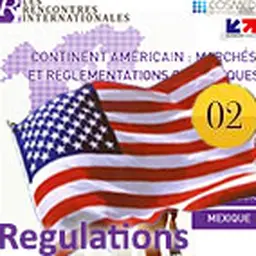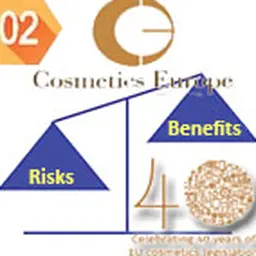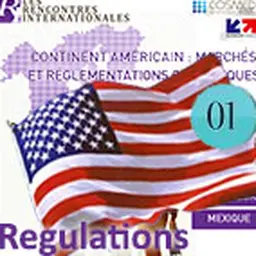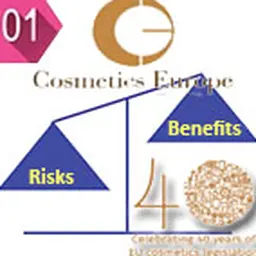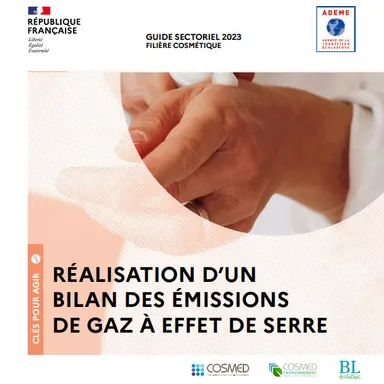
The cosmetics and fragrances sector is estimated to account for between 0.5% and 1.5% of global greenhouse gas (GHG) emissions. The four largest sources of emissions are product use (40%), packaging (20%), transport (20%) and ingredients (10%). Drawn up at Cosmed’s initiative, this Guide aims to specifically help companies in the cosmetics sector to measure their GHG emissions and to support them in their strategy to reduce their emissions.
In order to provide companies with the best possible help in carrying out their GHG emissions assessments, Cosmed, supported by the BL Evolution consultancy and with the technical and financial support of ADEME, has spent a year working with players in the industry to draw up calculation methods for each emissions item, illustrated by concrete examples and taking into account: • The diversity of activities: own brands, subcontractors, ingredient manufacturers
• The diversity of products sold and raw materials purchased
• The diversity of structure sizes, with in particular a large number of small players with adapted methodological needs
• The large number of emissions factors to be taken into account and their availability for all raw materials
Contents
01. Introduction to the guide
02. Issues for the sector
03. Methodologies for carrying out a GHG assessment
04. General principles for quantifying greenhouse gas (GHG) emissions
05. Description of calculation methodologies by emissions item
06. Strategy for mitigating the GHG impacts of cosmetics companies
07. What should be done once a GHG assessment has been carried out?
The Cosmetics Sector Guide to reducing greenhouse gas emissions can be downloaded free of charge from the Cosmed website and from the ADEME …




